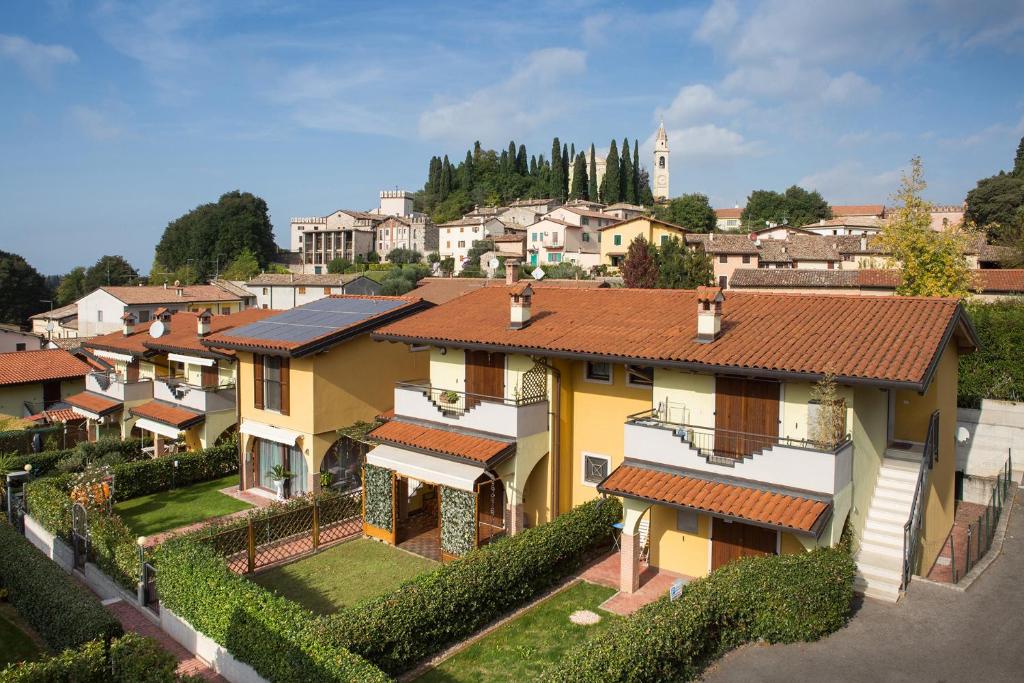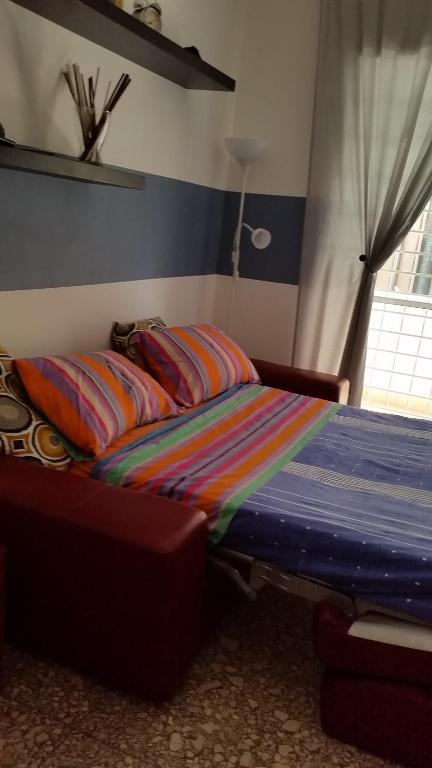Situata a Santo Stefano di Sessanio, a 25 km da L'Aquila, la Casa Antica offre una terrazza e la connessione WiFi gratuita.
Gli alloggi presentano un soggiorno con divano, una cucina completamente attrezzata e un bagno privato con doccia e lavatrice. Tutte le unità abitative sono dotate di area salotto e zona pranzo.
L'Aeroporto più vicino è quello d'Abruzzo, a 45 km.
Informazioni sull'host
Casa Antica is a stunning 19th century four story home located in the charming village of Santo Stefano di Sessanio, Abruzzi, Italy. Meticulously restored, the property offer three separate accommodation options designed to delight the most discerning guests. The property includes three separate accommodation options: The Terrace: split on two floors, the Terrace offers two bedrooms, two bathrooms, large living area opening to a great outdoor living space. Sleep 4. The Balcony: with a spacious living area, one large bedroom and bathroom, the balcony it's the perfect holiday retreat. Sleep 4. The Loft: framed by characteristic wooden beams, the attic is a one bedroom apartment ideal for a small family. Sleep 4.
Born and bread in Italy, Marta moved to the United States in 2005. Santo Stefano is the place where she spent her summer vacations to visit her grandparents. She has fond memories of exploring the Borgo with her cousins, hiking the surrounding hills and riding horses throughout the valley. Her desire was always to have a place to return to and recreate the feeling of tranquillity and connection with such natural and historic beauty.
Santo Stefano di Sessanio is a 16th century village on the edge of the Campo Imperatore plain in the Gran Sasso National Park. The "borgo" is listed as one of Italy's most beautiful hamlet and it's truly an architectural delight with its archways, cobbled streets, Medici square, narrow alleys and stone houses, many dating back to the 15th century. Six miles from the ancient Roman Peltinum (hence the ‘Sessanio’ part), and a strategic crossroads for the commercial route between Rome and the Adriatic coast at the height of the Roman Empire, Santo Stefano flourished under the Medicis in the 16th century. Agriculture became the major factor in the economic development of the area, with the process of transhumance being utilized to take advantage of the region’s geography. The village now boasts many splendid shops where one can purchase locally produced honey and jam, salamis, and pecorinos, as well as the region’s famous lentils. Local food prepared to traditional recipes is available from a few local restaurants



















